Scientific jargon – best served with a side of infographics
Finding it difficult to avoid using jargon in your science writing? An infographic will help to effectively communicate your message.
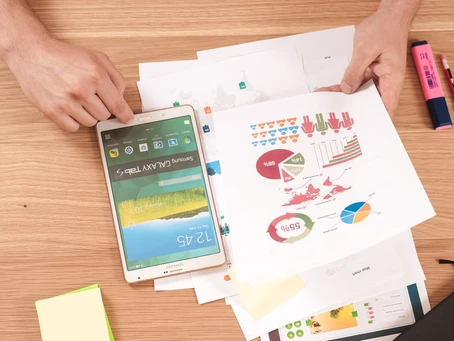
Finding it difficult to avoid using jargon in your science writing? An infographic will help to effectively communicate your message.
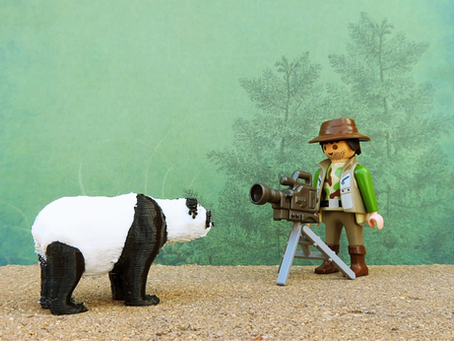
Video abstracts are becoming a more popular part of scientific publications. But what makes a video abstract impactful?

Empirical science communication research on DEI issues is not new, but we are still missing a robust evidence base to define best practice.

SciComm is kind of like putting on a performance – so let’s consider the people behind the scenes who help make it possible!

Is it harder for women to communicate on YouTube? Yes – and it’s worse if the audience can see their face.
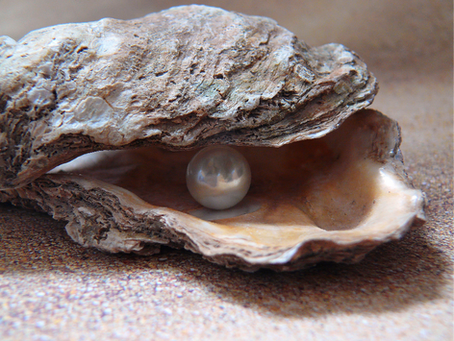
How is a scientist like an oyster? A new science storytelling framework offers practical resources for honing gritty ideas into pearls.
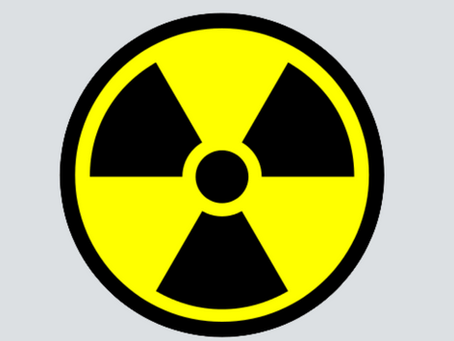
The “Half-Life Your Message” exercise is an improv tool that can help science communicators distill their core message.
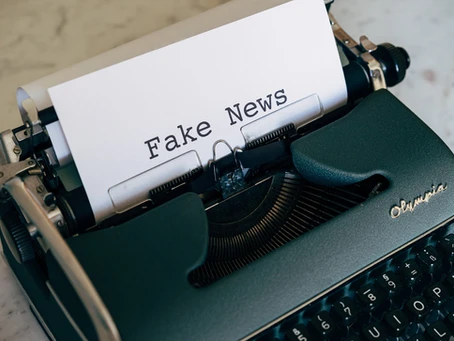
Rumors are inherently unreliable as an information source, so why would the public trust them over scientific experts? It’s in the values.

We should understand why people reject science to more effectively discuss controversial science issues.
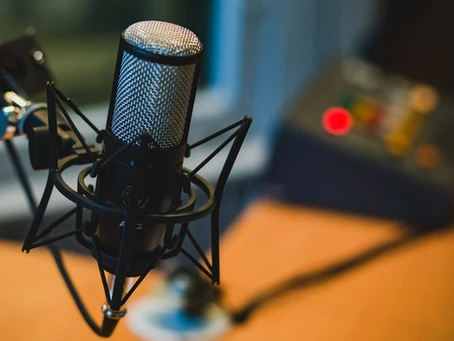
Scientific podcasts are a popular tool for communicating science, but who is making them? And what do they hope to achieve?